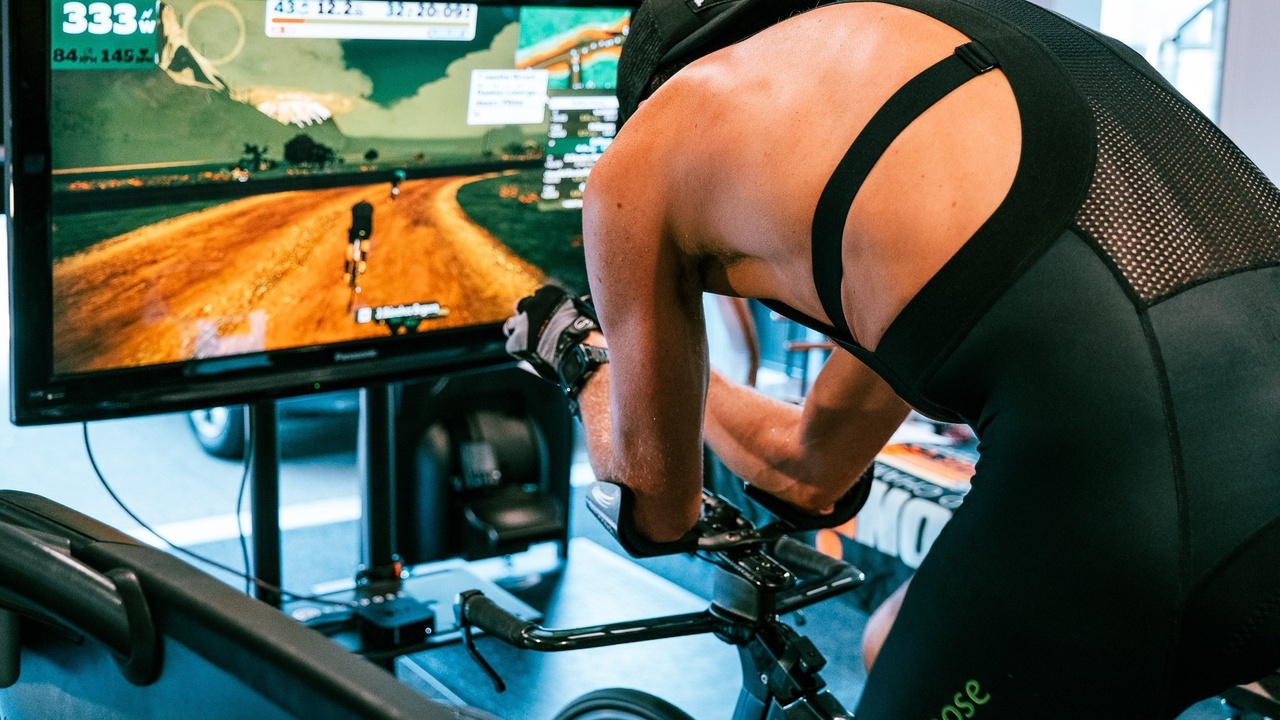Making Sense of Incremental Exercise Test Fat Oxidation Data

📸RookMediaProductions
Fat oxidation, and fat oxidation rates get talked about a lot in the world of endurance sports and triathlon. Of course, being able to break down fats for use as fuel during prolonged exercise is an important determinant of performance in ultra-endurance events like Ironman. Our other fuel source – carbohydrates – are relatively limited and are depleted during prolonged or intense exercise. Being able to use fat effectively reduces the rate at which we burn through our carbohydrate stores, and thus delays the fatigue associated with depleted carbohydrate stores, or ‘hitting the wall’.
Given that having a robust capacity to make use of fat stores during exercise is important, I quantify it in the lab with the athletes I work with. We can measure fat oxidation rates during exercise using a technique called indirect calorimetry, which involves the collection of expired air, and we typically do this across a range of exercise intensities in what’s called an incremen...
Having a Well-Developed Capacity for Fat Metabolism Might Help You Train More!

We have discussed at length in previous blogs how developing an advanced capacity to metabolise fat for fuel during exercise can be useful for long-distance triathletes. We’ve also published research on it; for example, one of our recent papers showed a relationship between an athlete’s peak fat oxidation rate (PFO) and performance in an endurance trial. The addition of PFO to traditional models of endurance – VO2max, thresholds, and economy – improved the prediction of performance (16). Other labs have shown relationships between PFO and endurance, including Ironman performance (8). However, something I think is missing from the discussion is how having a robust ability to metabolise fat during training is helpful, specifically during high-volume days with multiple sessions. That will be the focus of this blog.
Basics of carbohydrate metabolism
I feel like a bit of a broken record in this one, but during prolonged endurance exercise, we primarily use two fuels to support our metabo...
New Study: The Cellular Energy Sensor, AMPK - Switching it on for Training Adaptation

by Dr Dan Plews
As we have discussed in several previous blogs, and in our courses, adaptations to endurance training are produced through activation of cellular signalling pathways in response to individual training sessions, with these cellular signalling pathways activated through detection of the physiological stresses generated through exercise. In this blog, we are going to focus on one of the most well-known proteins in the adaptive signalling cascade, the cellular energy sensor AMPK.
AMPK, or to give its full name, 5’adenosine monophosphate-activated protein kinase, is an important protein in the detection of the cellular energy stresses generated during endurance exercise (1). Specifically, AMPK within the muscle is activated by the metabolic stresses generated by exercise, and subsequently activates signalling pathways associated with endurance training adaptation (2). This pathway makes a lot of sense; if our muscle is stressed by exercise, we detect it and then send signa...
